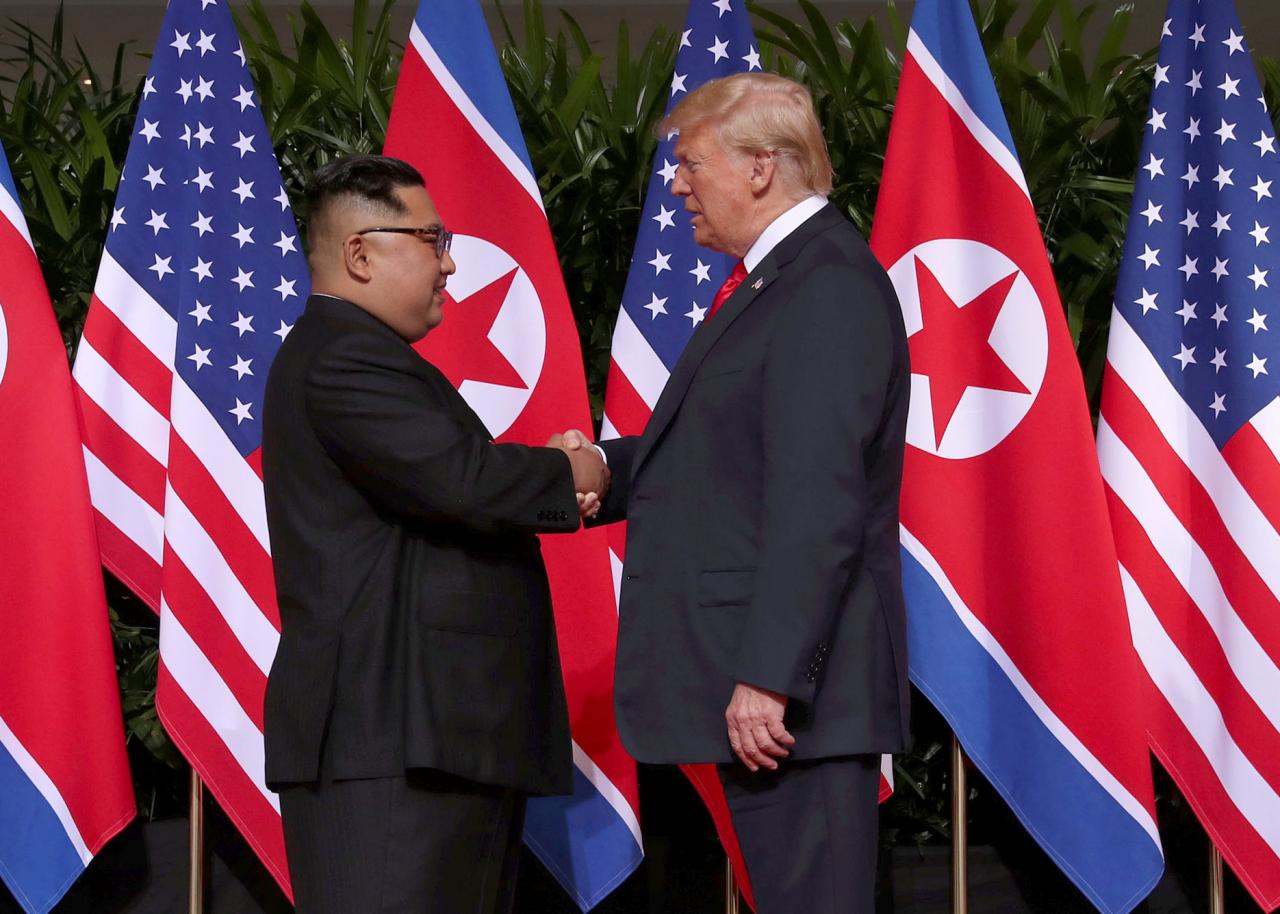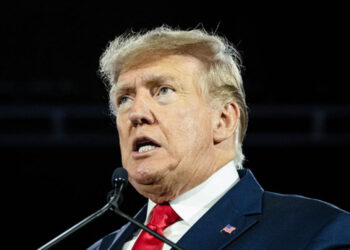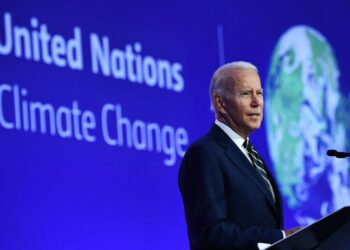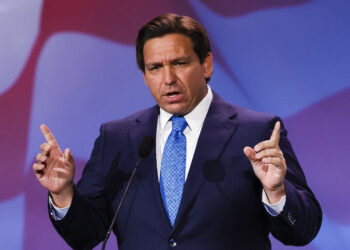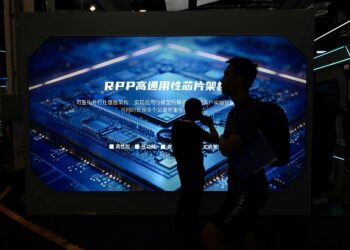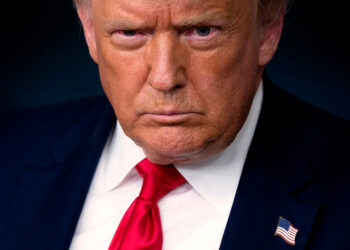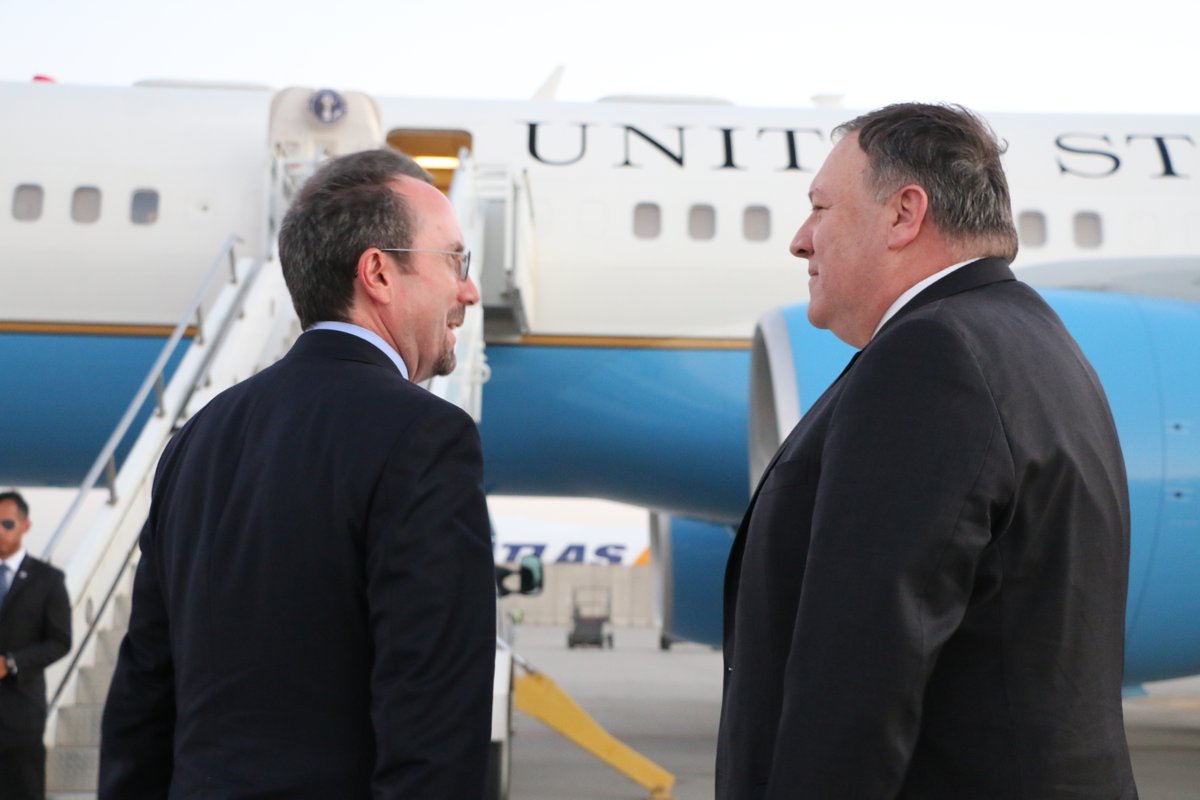Almost one month ago, U.S. President Donald J. Trump and North Korean leader Kim Jong-Un met for what many touted as a historic summit held in Singapore. Part of what made this meeting so significant is that leaders of the two countries had never engaged in bilateral talks before. Additionally, the summit came after escalating tensions between the two nations and resulted in pledges for the denuclearization of the Korean Peninsula as well as a stop to a major U.S.-South Korea military exercise.
However, despite the positive outlook of peace on the Korean Peninsula following the summit, recent reports have noted that Pyongyang does not appear to be moving towards denuclearization, evidenced by satellite images of continued operations at its Yongbyon nuclear research facility. What is the significance of these developments and how do they portend to North Korean denuclearization? Do they violate the Singapore Declaration signed by Trump and Kim?
Significance of Yongbyon
The facility at Yongbyon is North Korea’s primary nuclear research center. Built in the 1980s, the Yongbyon facility is key to Pyongyang’s nuclear program as its functions include plutonium production, plutonium reprocessing, and uranium enrichment. Accordingly, the facility produces the material used in North Korea’s nuclear weapons tests that started in 2006.
Previous negotiations with North Korea, such as the Agreed Framework of the 1990s and the Six-Party Talks in the 2000s, included provisions about the closure of the Yongbyon facility. Since Yongbyon is the lynchpin of Pyongyang’s nuclear weapons development program, closing it down is key to the denuclearization of the Korean Peninsula.
Recent Developments
In the spring, developments indicated that North Korea was moving towards denuclearization. North Korea made a show of destroying its test site at Punggye-ri with explosives in May. The gesture demonstrated that North Korea was willing to make inroads to denuclearization: without a place to test its nuclear weapons, North Korea’s nuclear research program could not progress. Despite this encouraging gesture, however, even at that time North Korea observers were already wary of the reversibility of Punggye-ri’s closure and whether there were other test sites within Punggye-ri that Pyongyang did not report.
The destruction of the Punggye-ri test site has been the only positive indication that North Korea is willing to move towards denuclearization. Two developments stand out that ostensibly contradict Trump’s optimism about North Korean denuclearization following the Singapore summit.
First, North Korea has not taken action to dismantle its rocket test site at Sohae, a move that Trump implied North Korea would make. Sohae’s functions are disputed: while the North Koreans maintain that the site is for launching satellites into orbit, the U.S. and other parties allege that the site is part of North Korea’s ballistic missile development program. The closure of this site would alleviate concerns about the possible North Korean deployment of intercontinental missiles.
Second, Pyongyang has not begun to dismantle its Yongbyon facility and, in fact, recent reports indicate that the facility has continued its operations since the summit in Singapore. Using satellite imagery, the website 38 North reported two developments of note that could indicate the continued development of nuclear material at the site. Water vapor-related staining on one of the facility’s roofs indicates that the Uranium Enrichment Plant is continuing to run. As uranium is one of the materials used in North Korea’s nuclear weapons, the continued production of enriched uranium does not bode well for the prospects of denuclearization. In addition, new structures were built in the past year that may be part of a pipeline to pass chemicals into the main production building. This development also supports the progression of nuclear weapons development at Yongbyon.
Implications for Joint Statement
Do the developments at the Yongbyon facility violate the joint statement that came out of the Singapore summit? There are two important considerations in answering this question. First, recall that the text of the statement is vague. It contains four points including an explicit commitment to recovering the remains of American soldiers unaccounted for during the Korean War, a pledge to building stronger U.S.-North Korea relations, and an agreement to facilitate peace and stability on the Korean Peninsula.
Furthermore, the agreement states that North Korea will “work towards the complete denuclearization of the Korean Peninsula.” Herein lies the difficulty: this clause is ambiguous regarding a timeframe and the term “denuclearization” is subjective. It is this second point that has repeatedly been problematic in negotiations over North Korea’s nuclear weapons program as both parties have historically had different conceptions of what “denuclearization” looks like.
For the U.S., the denuclearization of the Korean Peninsula has historically entailed complete, verifiable, and irreversible dismantlement (CVID). In practice, this means that third-party inspectors (from the International Atomic Energy Agency, for example) need to be allowed into North Korea to verify that all facets of the nuclear weapons program have been shut down and cannot be restarted. Historically, North Korea has either not permitted weapons inspectors or has attempted to deceive weapons inspectors about the operation of their nuclear program, as was the case in the mid-1990s. It is uncertain whether North Korea would agree to CVID this time, though history indicates this is uncertain.
Do these developments betray the Singapore Declaration? No, not exactly. But, the Trump and Kim administrations need to get on the same page for denuclearization and stability of the Korean Peninsula to ever be possible in the future.
Disclaimer: The views and opinions expressed here are those of the author and do not necessarily reflect the editorial position of The Globe Post.

